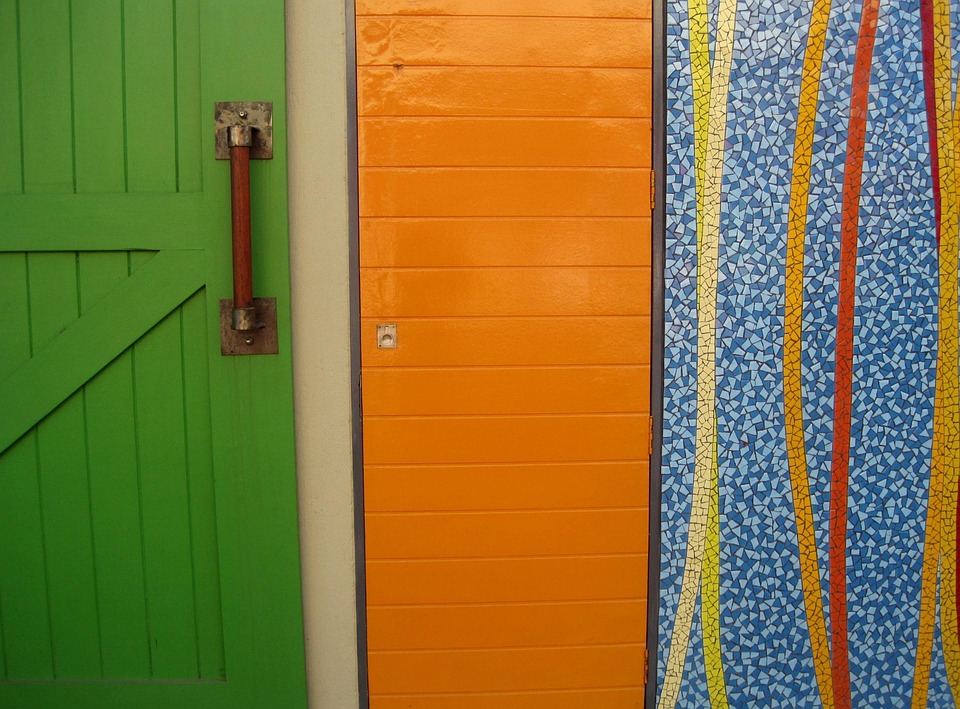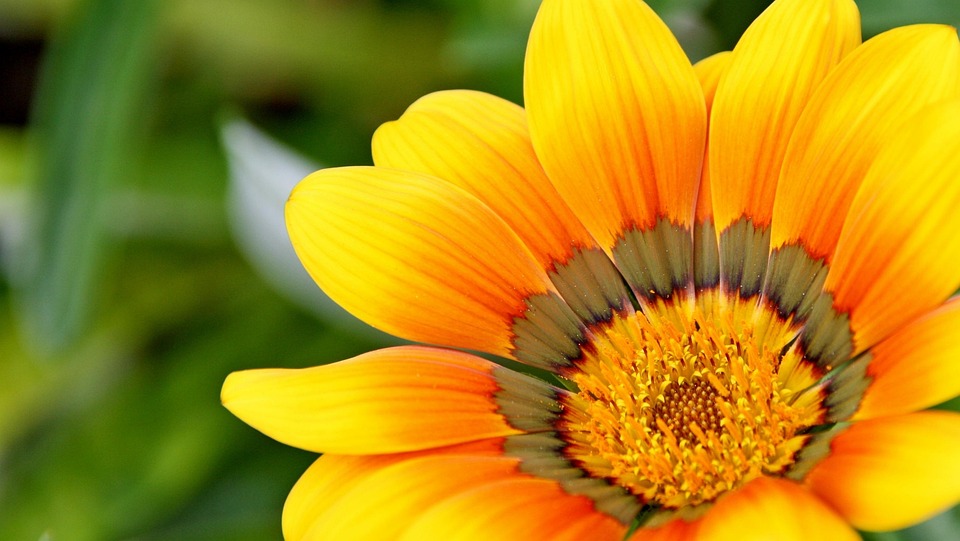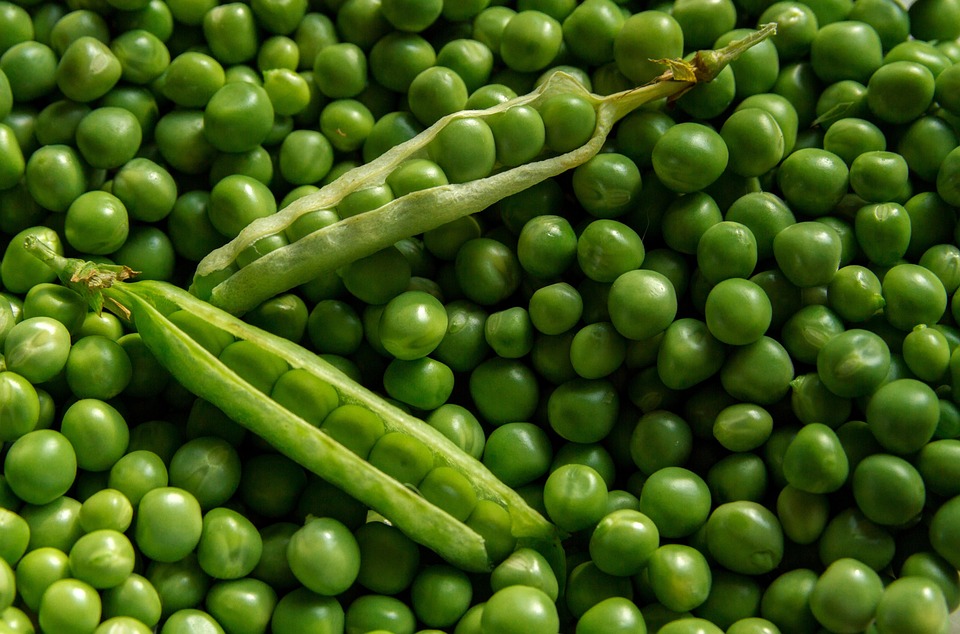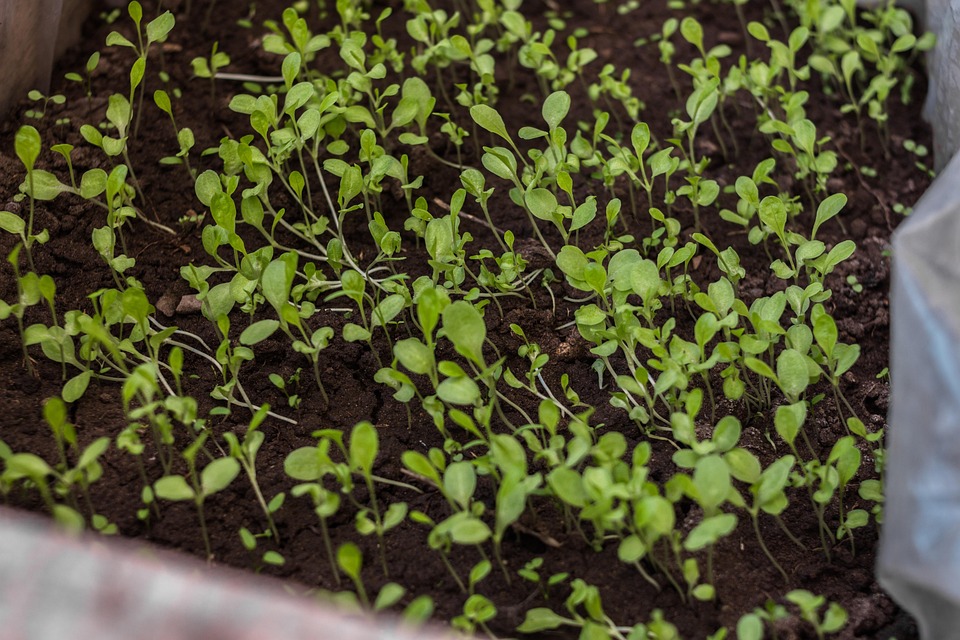Feel free to modify these as needed!
# The Joys of Sustainable Travel: Exploring the World Responsibly Picture this: you’re standing on a breathtaking cliff edge, the sun dipping below the horizon, casting hues of orange, pink, and purple across the sky. Below, a serene ocean sparkles as waves gently crash against the rocks. You can almost hear the whispers of generations past—stories of travelers who once stood in that exact spot, enamored by nature’s beauty. This scene is not just a postcard-perfect moment; it’s a calling to embrace the world in a way that respects and preserves it. Sustainable travel is more than a trend; it’s a commitment to experiencing our planet mindfully, ensuring that future generations can relish these same magnificent views. ### Why Sustainable Travel Matters Travel has taken on a new meaning in recent years. With the rise of mass tourism, natural wonders and cultural heritage sites have faced unprecedented pressure. Sustainable travel offers an antidote to this dilemma. It emphasizes responsible choices, focusing on minimizing environmental impact while respecting local communities. Think of it as a way of saying “thank you” to the places we visit, ensuring they remain vibrant and intact for years to come. ### Essential Elements of Sustainable Travel 1. **Choose Eco-Friendly Accommodations**: When booking a place to stay, look for hotels, hostels, or lodges that prioritize sustainability. Many establishments now operate on renewable energy, implement water-saving measures, and support local businesses. Searching for accommodations with certifications like LEED (Leadership in Energy and Environmental Design) or Green Key can guide you to eco-conscious choices. 2. **Transport Wisely**: Our mode of transport can significantly influence our carbon footprint. Opt for trains or buses where possible. If you must fly, consider carbon offset programs. Additionally, once you arrive at your destination, walk, bike, or use public transportation to minimize environmental impact. 3. **Support Local Economies**: Purchasing locally made products and consuming local cuisine not only enriches your travel experience but also supports local businesses. Seek out souvenirs crafted by local artisans instead of mass-produced items that might harm local economies. 4. **Respect Nature and Wildlife**: Familiarize yourself with local wildlife and habitats before you explore. Maintain a safe distance from animals, follow marked trails, and always dispose of waste properly. Remember, taking only pictures and leaving only footprints is the golden rule. 5. **Engage with the Community**: Participate in community-driven tours or volunteer opportunities. This not only gives you a unique perspective of the locale but also fosters genuine connections with locals. ### Tips for Being a Sustainable Traveler 1. **Pack Light**: Less is more! By packing only what you need, you reduce weight and accordingly lower emissions from your mode of transport. 2. **Reusable Items Are Key**: Carry a reusable water bottle, shopping bag, and utensils. Not only does this cut down on single-use plastics, but it also saves you money. 3. **Choose Off-Peak Times**: Traveling during less busy seasons can help distribute the tourism load more evenly. This way, you can enjoy popular sights with fewer crowds and less pressure on local resources. 4. **Stay Informed**: Before visiting a new place, check in with local regulations regarding tourism. Understanding cultural sensitivities can enhance your experience and ensure that you’re traveling in an acceptable manner. ### Connecting with Nature One of the most rewarding aspects of sustainable travel is the meaningful connection it fosters with the environment. Taking the time to appreciate nature—whether through hiking in untouched forests, kayaking in crystal-clear lakes, or simply soaking in a tranquil sunset—deepens our appreciation for the world around us. Consider destinations that are renowned for their natural beauty and sustainable practices. The Great Smoky Mountains National Park, Costa Rica’s lush rainforests, and the fjords of Norway exemplify landscapes that beckon us to disconnect from our fast-paced lives. By engaging in eco-friendly activities such as guided nature walks or wildlife preservation programs, travelers can cultivate a profound respect for these breathtaking locales. ### The Joy of Local Culture Every destination is a tapestry of its culture, history, and traditions. Embracing this tapestry enhances both your travel experience and the well-being of the people who call the place home. Attend local festivals, learn the language, and savor dishes that represent the unique culinary landscape. This not only enriches your journey but also promotes cultural exchange. Many cities are filled with sustainable practices and community initiatives, offering travelers a chance to immerse themselves in local life. Programs that include cooking classes, craft sessions, or homestays allow you to forge connections that extend beyond mere tourist interactions. ### Challenge the Norms: Go Off the Beaten Path While iconic landmarks are undeniably compelling, there’s immense joy in discovering lesser-known destinations. These hidden gems often offer a deeper conversation about sustainability. For instance, instead of visiting a tourist-heavy beach, consider exploring a secluded cove. Not only will you enjoy tranquility, but you might also witness the natural wonders without the overwhelming crowds. Indigenous communities sometimes develop their tourism initiatives, allowing you to engage respectfully and intimately. Learn about their customs, partake in their daily lives, and witness their sustainable practices firsthand. ### The Future of Tourism As awareness of climate change and environmental degradation continues to grow, the onus falls on travelers, tourism operators, and governments alike to advocate for sustainable practices. The future will undoubtedly see a rise in eco-friendly technology, innovative conservation methods, and responsible tourism policies. Joining the movement of sustainable travel means aligning your adventures with your values. As you explore, consider supporting advocacy groups focused on conservation or participating in initiatives aimed at protecting wilderness areas. Your passion can inspire change, collectively shaping a brighter future for global travel. ### Conclusion Sustainable travel is not merely a checklist but a revitalizing philosophy that embraces mindful exploration. By prioritizing eco-conscious practices, making informed choices, and cherishing local cultures, we can create a symbiotic relationship between travelers and the places we visit. Each trip can become not just a journey across distance but also a journey towards greater environmental stewardship. Whether you’re standing on a










